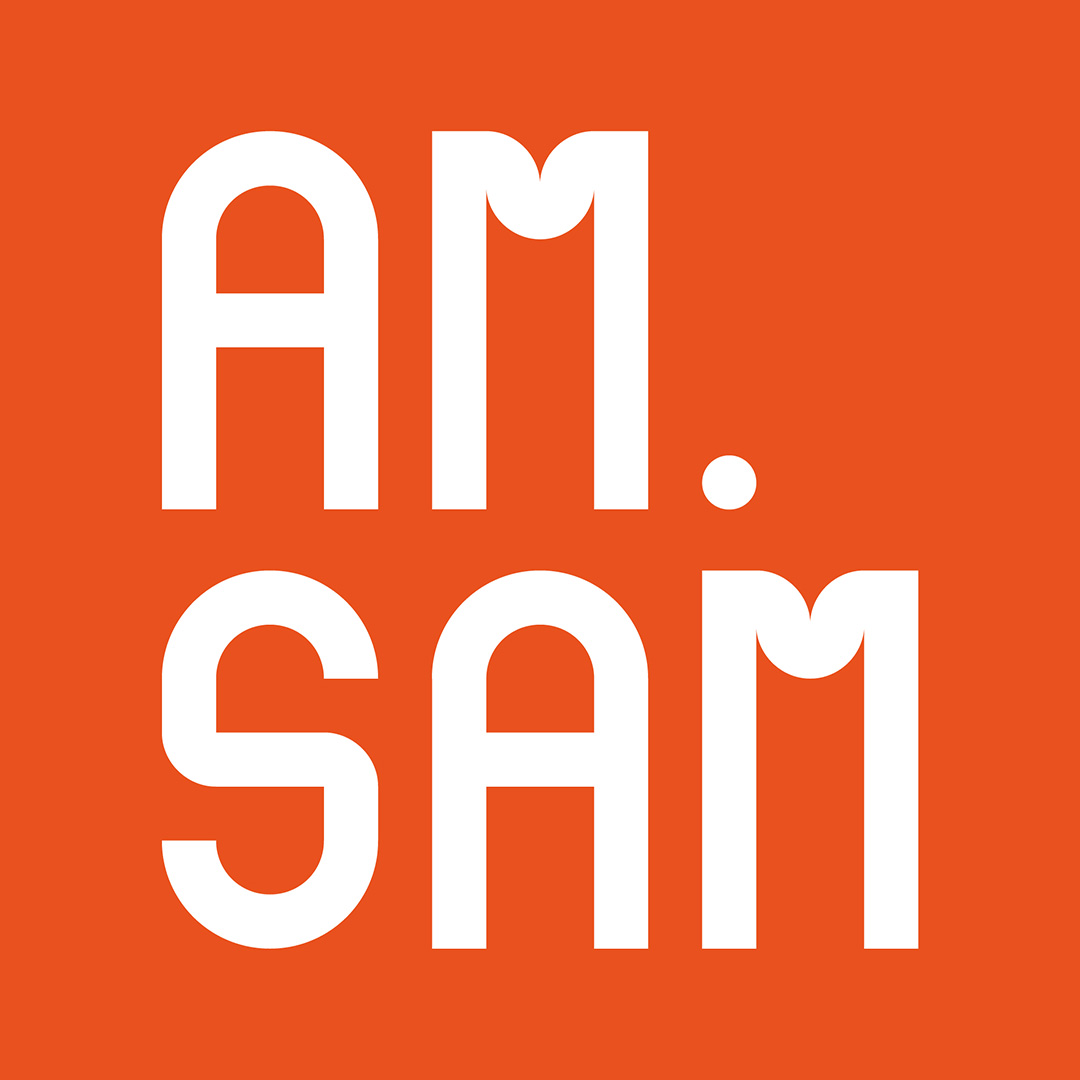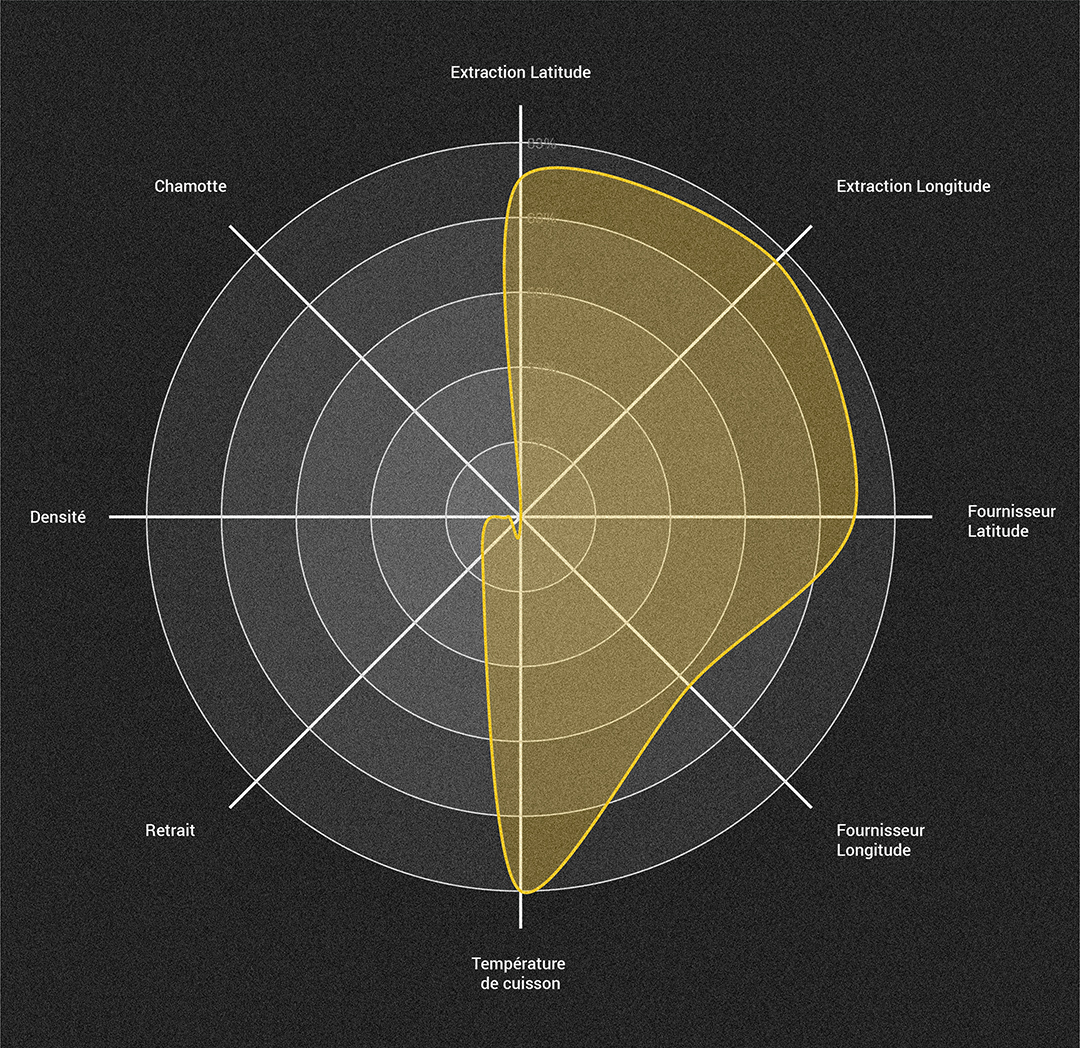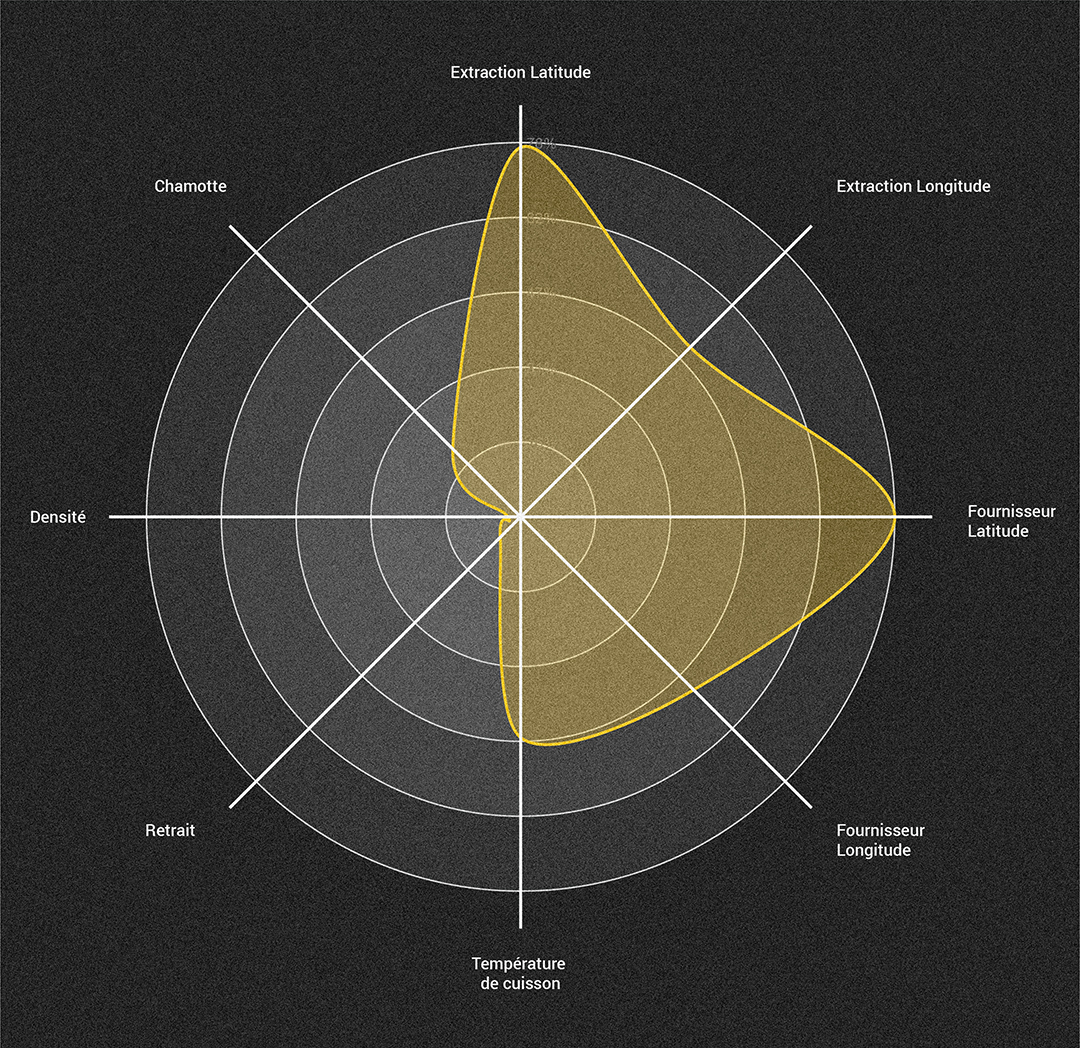
Kaïros Clock
Title : Kaïros
Signature : Collectif Kaïros ( with Eva Vedel and Manon Souchet )
Year : 2019-2021
Exposed at :
► Jean Bardin aujourd’hui. ESAD Orléans : l’héritage. Computation, Céramique, Dessin, avril 2023, Musée des Beaux-Arts d’Orléans, France
► U.S.B #4 Données brutes, fev. 2023, Galerie de L’ÉSAD, Orléans, France
► Search bar # 2 – une exposition de l’ECOLAB, dec 2021, Théâtre d’Orléans, France
► Uncool memories # 5 – tiens ! un design passe, juin 2021, Galerie de l’École nationale supérieure d’architecture de Paris-Val de Seine, Paris, France
► Uncool memories # 2, nov. 2020, Galerie de L’ÉSAD, Orléans, France
Kaïros is one of the Greek gods that embodies time which is defined as ‘the right moment’, a ‘rupture’ that takes us elsewhere. It is at once the concept of action and contemplation, it is also time with no chronometer, time that is subjective.
Anti-clock
The starting point for this common project, or the first Kaïros moment, was a sociological observation. The modern age has made us enslaved to the clock, to a time that is measured, quantified, calculated and fragmented. Based on Hartmut Rosa’s thesis, we developed a critical point of view on the contemporary conception of time : Chronos. Chronos is the Greek god who stands for objective time. He is the tick-tock of the timer. The time that makes us run, the time that we seek and that we miss. We asked ourselves how we could return to a more flexible perception of non-fragmented time? How can we represent the time that goes by without a clock, without being constrained by this mathematical representation ? That’s how we began the research journey, with the aim of creating a chaotic clock, an anti-clock. A contemplative object in perpetual metamorphosis that “gives us time” and encourages us to take it back, to enter into a state of resonance.


Céramique, algorithme et Data
We started by looking at capillarity to represent time as a progressive change of condition. Then we worked with an algorithm that models the propagation of water through matter. By letting ourselves go beyond the code that comes to life right before our eyes and creates a landscape, we became observers of our own work. Each object generated by the algorithm is different, and additive manufacturing reveals layers that recall the geological landscape.
We see data as a material, and our relationship with shape is part of the discipline of data-physicalisation. An algorithm uses a diagram to produce the shape of the water basin, within which the landscape spreads out. The form informs, resonates with the material and the material resonates with the environment. It adopts a performative position, with the basin and the central biscuit landscape interacting with their environment. The time of this object is uncertain: water evaporates from it at different speeds depending on external characteristics (humidity, pressure, temperature), and internally through absorption by the clay.




